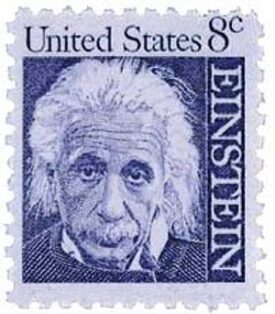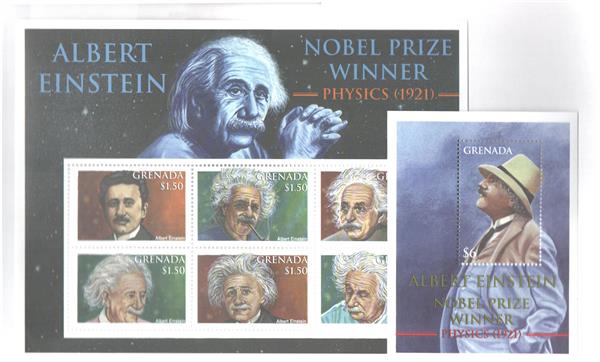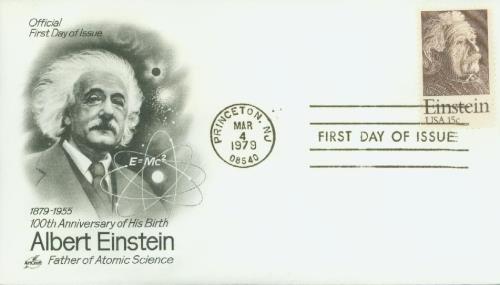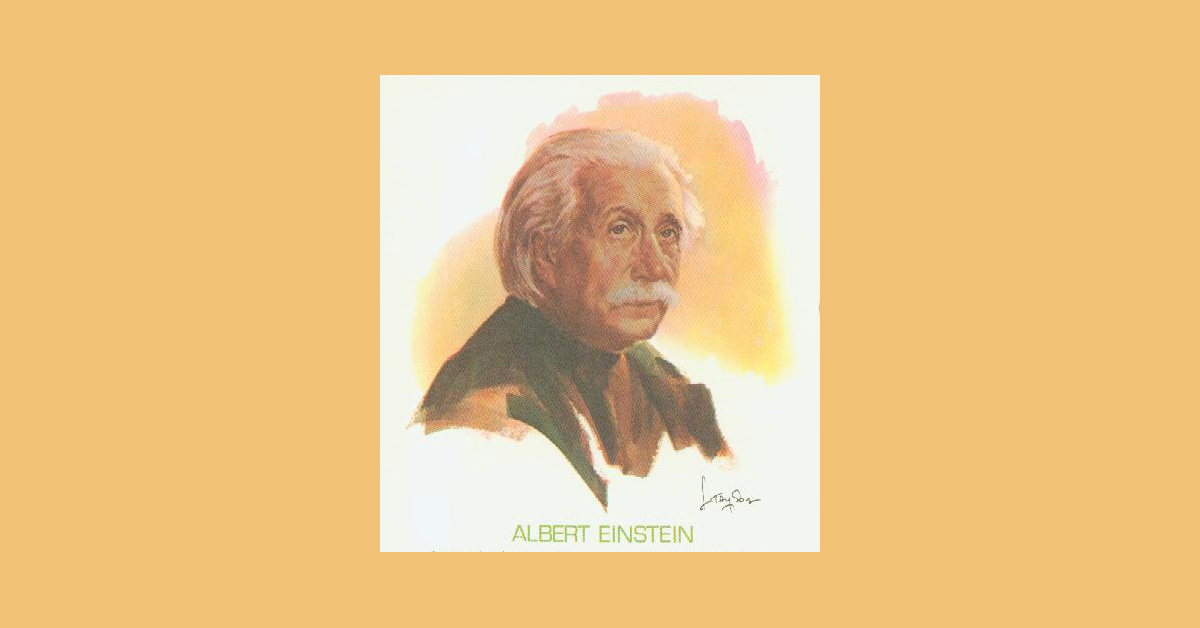 On November 21, 1905, Einstein published a paper that presented one of the world’s most famous formulas — E=mc2, which laid the foundation for atomic energy.
On November 21, 1905, Einstein published a paper that presented one of the world’s most famous formulas — E=mc2, which laid the foundation for atomic energy.
One of the greatest scientific minds in human history, Albert Einstein, was born in Ulm, Württemberg, Germany in 1879. Although he was very successful in the end, Einstein occasionally faced adversity. Not always a great student; he had a teacher who told him that nothing would ever become of him. Then, after graduating with teaching credentials, he couldn’t find a job in his field. He finally found a position as a clerk, and although this was not his chosen profession, it left him time to research and write about his theory of relativity.
Miracle Year
In 1905, Einstein was awarded his Ph.D. from the University of Zurich. That same year, called his annus mirabilis (miracle year), he published four papers in the journal Annalen der Physik (Annals of Physics). The first three introduced the scientific community to the photoelectric effect, expanded on the kinetic theory of heat, and formed the basis of his theory of relativity.
On November 21, Einstein published his final paper of the year, “Does the Inertia of a Body Depend Upon Its Energy Content?” This paper introduced the formula E=mc2. According to the formula, the energy of a body at rest (E) is equal to its mass (m) multiplied by the speed of light (c) squared. Many of Einstein’s miracle year theories were controversial for years before they were accepted by leading physicists. This equation, in particular, enabled developments as diverse as the atom bomb, diagnostic P.E.T. scans, and smoke detectors. Over time, Einstein’s ideas became widely accepted. He received the Nobel Prize in Physics in 1921 for his work with the photoelectric effect.

American Citizenship, Manhattan Project, and Beyond
In 1933, while Einstein was visiting the United States, the Nazis seized all of his possessions in Germany. He knew he couldn’t return, so he officially renounced his German citizenship. Einstein then accepted a position as a staff member at the Institute for Advanced Study in Princeton, New Jersey. In 1940, he became an American citizen.
In 1939, as the world war continued to spread across the globe, a number of scientists, including Einstein, grew concerned over Germany’s goal to build an atomic weapon. Believing they were close to succeeding, these scientists sent a letter to President Franklin Roosevelt, voicing their concerns. From this letter, the Manhattan Project was born. Einstein wasn’t allowed to participate, and the scientists involved were not permitted to discuss it with him because officials considered him a security risk. Einstein’s equation, E=mc2, explained how the energy of an atomic bomb was released, though it didn’t detail how to build one.
 When asked about his role, Einstein said he didn’t consider himself the father of atomic energy and that his part was “quite indirect.” He also admitted that had he known the Germans wouldn’t succeed in building an atomic bomb, he never would have written the letter to President Roosevelt initiating the Manhattan Project.
When asked about his role, Einstein said he didn’t consider himself the father of atomic energy and that his part was “quite indirect.” He also admitted that had he known the Germans wouldn’t succeed in building an atomic bomb, he never would have written the letter to President Roosevelt initiating the Manhattan Project.
Einstein wrote more than 300 scientific papers during his lifetime and received many awards, honors, and honorary degrees.


